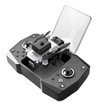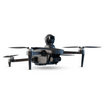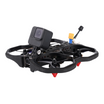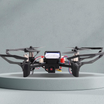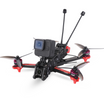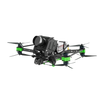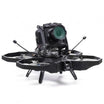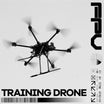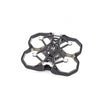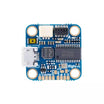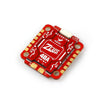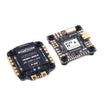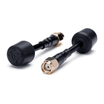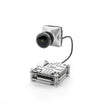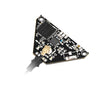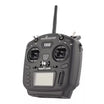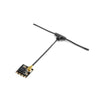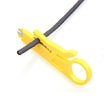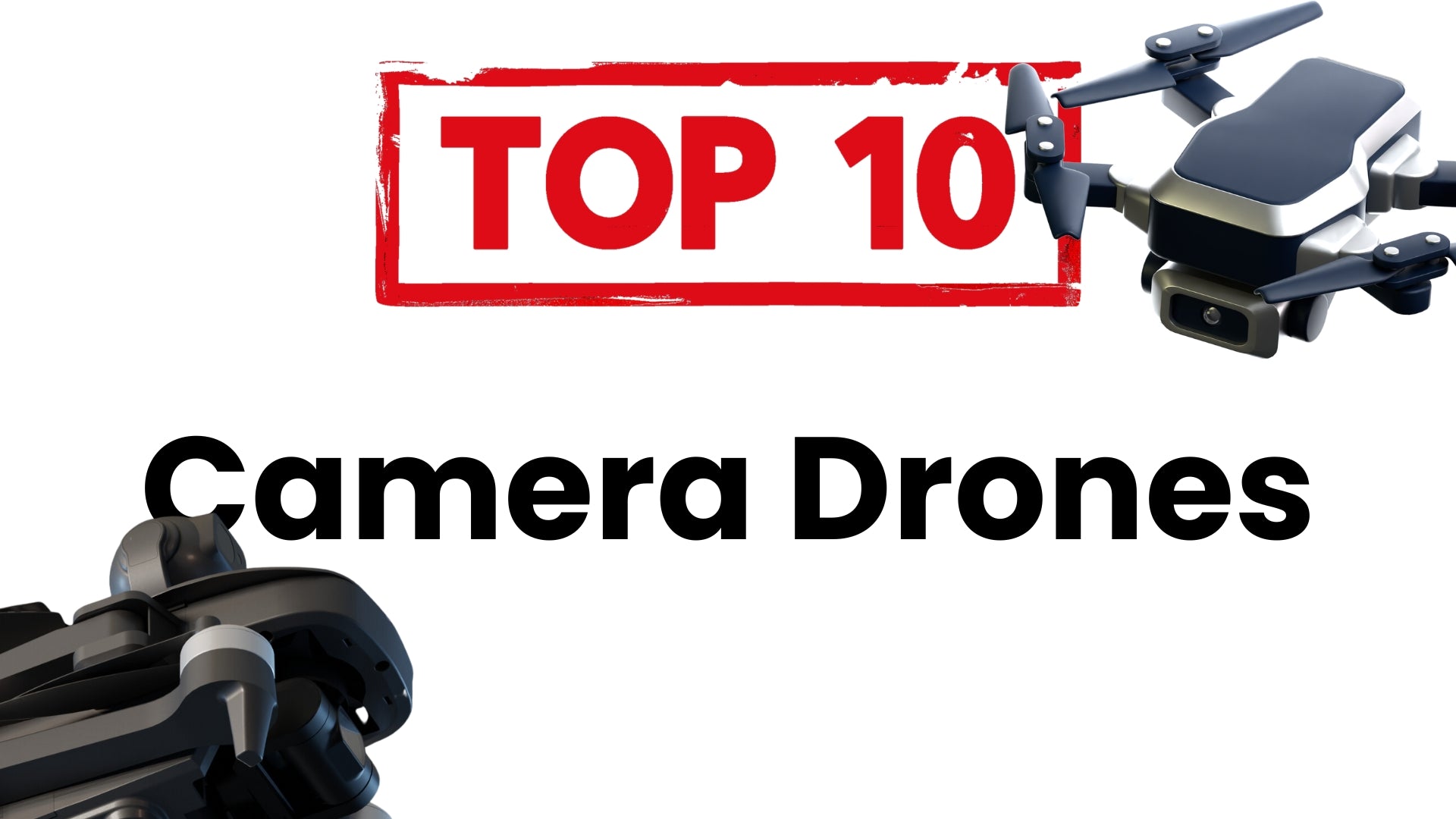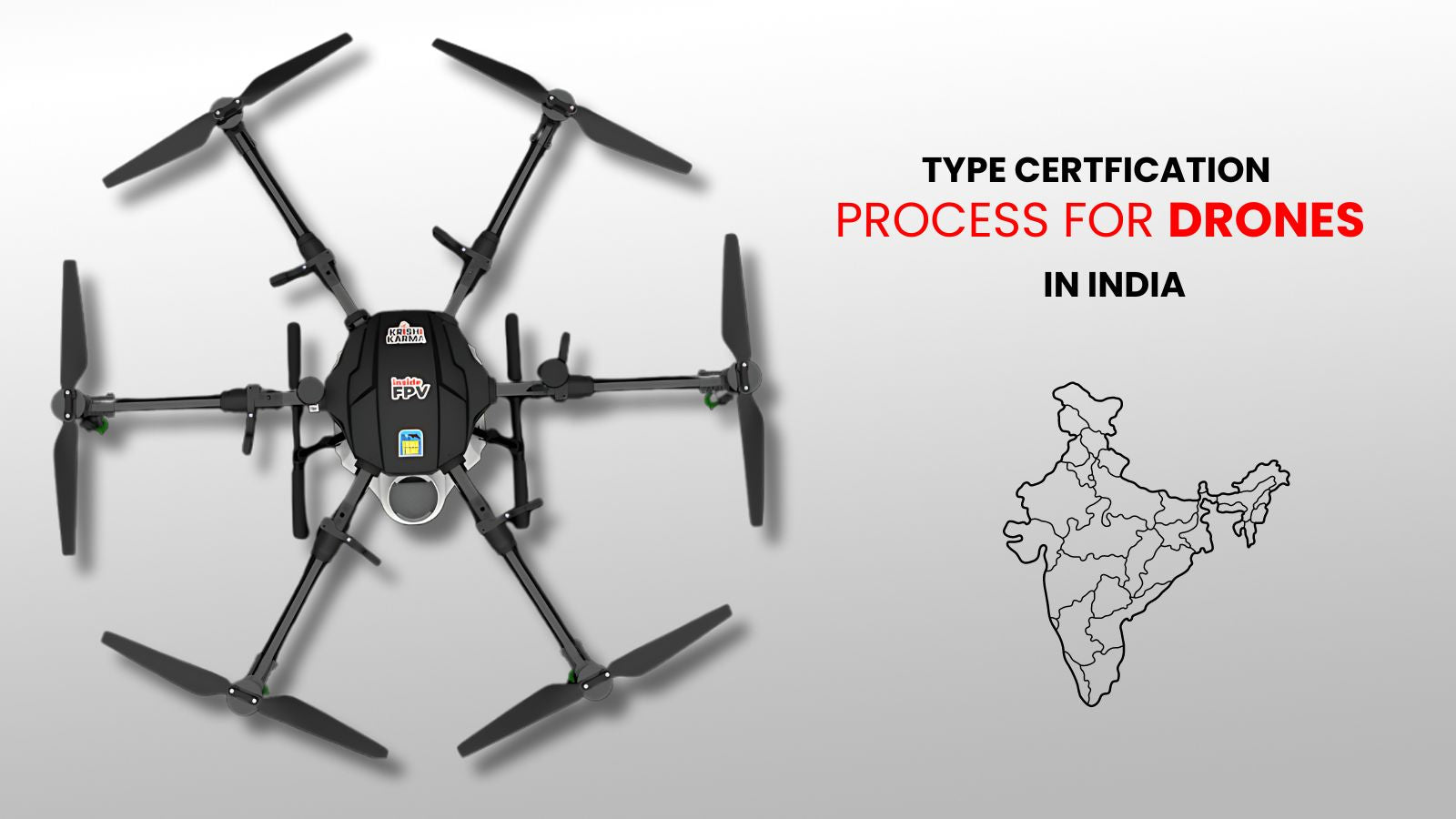Intro
In the ongoing battle against environmental degradation and the looming threat of climate change, innovative technologies have emerged as powerful allies in the fight for sustainability. One such technology that has proven its mettle in environmental conservation efforts is the use of drones, or unmanned aerial vehicles (UAVs). These versatile aerial platforms have revolutionized the way we monitor, study, and protect our natural ecosystems, providing a unique vantage point and a wealth of data that was previously inaccessible or difficult to obtain. In this blog, we'll explore the various environmental applications of drones and how they contribute to the conservation of our planet's precious resources.
Habitat Monitoring and Wildlife Surveys
Drones have become an invaluable tool in monitoring and surveying wildlife habitats, providing researchers and conservationists with an effective and non-invasive means of studying animal populations and their environments. With high-resolution cameras and advanced sensors, drones can capture detailed aerial imagery and data, allowing for the mapping of habitats, tracking of animal movements, and assessment of environmental changes over time.
Forestry and Vegetation Monitoring
The use of drones in forestry and vegetation monitoring has proven to be a game-changer. By equipping drones with multispectral and hyperspectral cameras, researchers can accurately assess the health and density of forests, detect early signs of disease or pest infestations, and monitor the impact of deforestation and natural disasters on these vital ecosystems.
Precision Agriculture and Sustainable Farming
Drones are playing a crucial role in promoting sustainable farming practices by enabling precision agriculture. With the ability to capture high-resolution imagery and collect data on soil moisture, nutrient levels, and crop health, farmers can optimize their use of resources, reduce waste, and minimize the environmental impact of their operations.
Marine and Coastal Monitoring
The vast expanse of the world's oceans and coastlines presents a significant challenge for environmental monitoring and conservation efforts. Drones offer a cost-effective and efficient solution, allowing for the monitoring of marine ecosystems, tracking of pollution and oil spills, and the study of coastal erosion and sea-level rise.
Disaster Response and Environmental Impact Assessment
In the aftermath of natural disasters or industrial accidents, drones can provide invaluable support in assessing the environmental impact and guiding response efforts. With their ability to quickly deploy and capture aerial data, drones can help identify areas of concern, monitor the spread of contaminants, and aid in the development of effective mitigation strategies.
Renewable Energy and Infrastructure Inspection
The transition to renewable energy sources is a critical step in mitigating the effects of climate change. Drones play a vital role in this endeavor by facilitating the inspection and maintenance of solar farms, wind turbines, and other renewable energy infrastructure. Their ability to access hard-to-reach areas and capture detailed imagery enables efficient monitoring and maintenance, prolonging the lifespan of these crucial installations.
insideFPV: Leading the Way in Drone Technology for Conservation
At the forefront of drone technology for environmental conservation is insideFPV, a deep-tech drone startup that has been revolutionizing the industry with its cutting-edge solutions. Their flagship product, the Elevate V1, is a prime example of their commitment to innovation and sustainability.
The Elevate V1: A Game-Changer for Environmental Monitoring
The Elevate V1 is a high-performance drone designed specifically for aerial surveillance and reconnaissance missions. With its 4K video output, impressive 5km transmission range, and flight time of up to 105 minutes, the Elevate V1 is well-equipped to tackle even the most demanding environmental monitoring tasks. Its advanced obstacle avoidance, AI tracking, and return-to-home features ensure safe and reliable operations, even in challenging conditions.
Conclusion
As the urgency to address environmental challenges intensifies, the role of drones in conservation efforts cannot be overstated. From habitat monitoring and wildlife surveys to precision agriculture and disaster response, these versatile aerial platforms have proven to be invaluable tools in our quest for sustainability. With companies like insideFPV leading the charge in developing innovative drone technologies specifically tailored for environmental applications, the future of conservation looks brighter than ever. By harnessing the power of these cutting-edge solutions, we can gain a deeper understanding of our natural world and develop more effective strategies to protect and preserve our planet's precious resources for generations to come.

